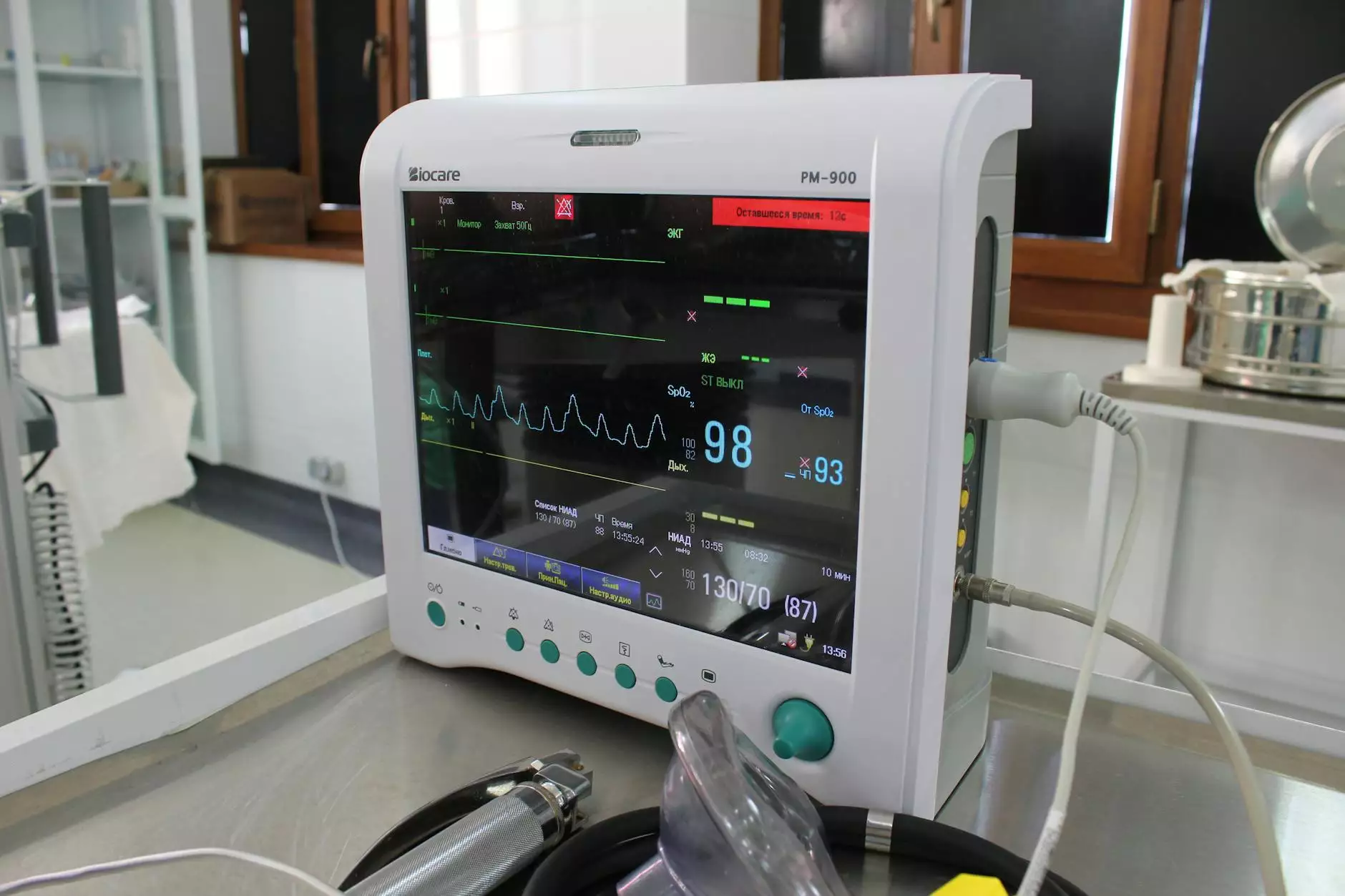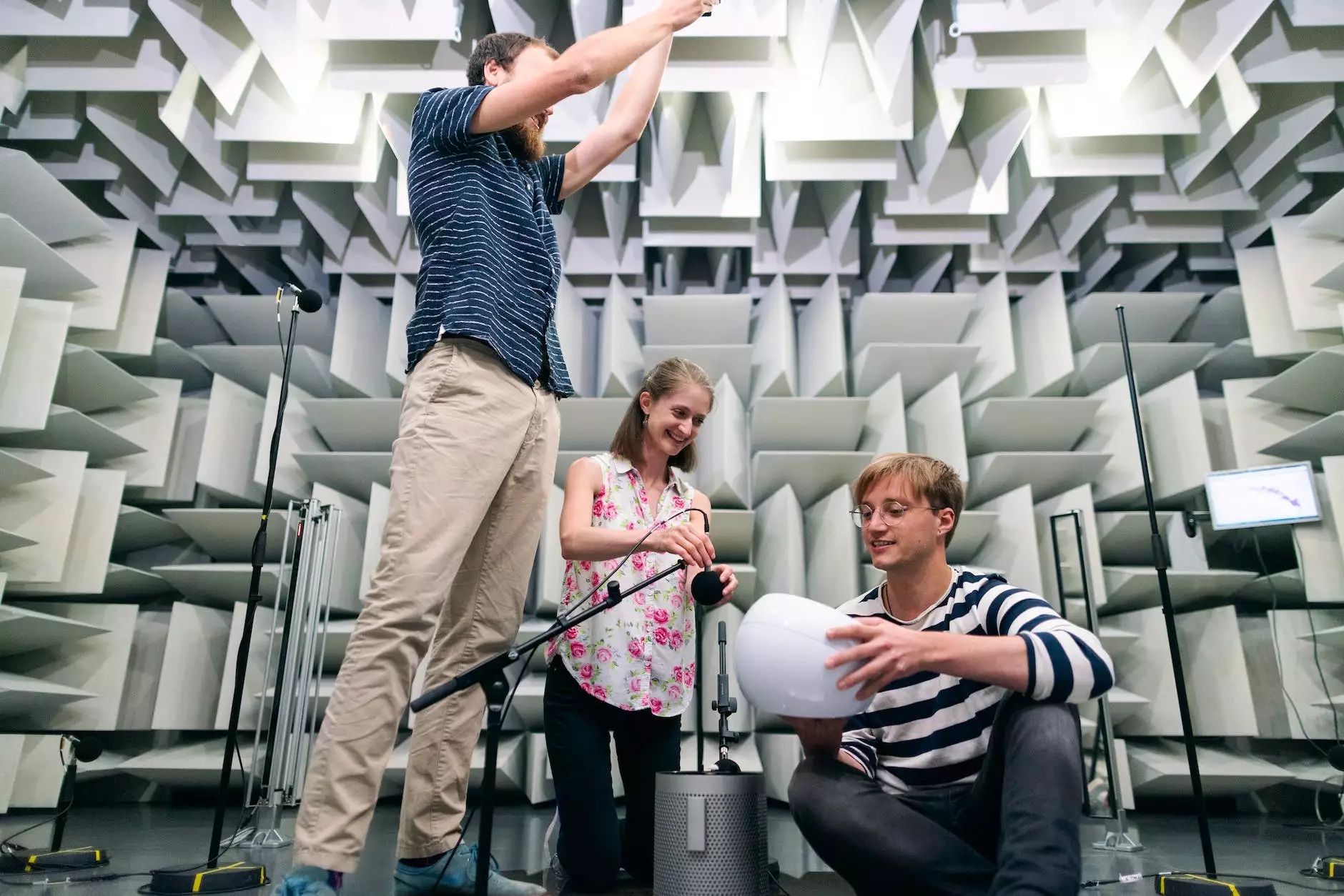Understanding Diagnostic Spirometry in Chatswood

In the evolving landscape of healthcare, diagnostic spirometry has emerged as an essential tool in assessing respiratory health. In the vibrant suburb of Chatswood, this diagnostic technique plays a crucial role in identifying respiratory conditions, thus enhancing patient care and providing insights for effective treatment plans.
What is Diagnostic Spirometry?
Diagnostic spirometry is a non-invasive test that measures lung function, specifically how much air a person can inhale and exhale, as well as how quickly air can be expelled from the lungs. This test quantifies airflow and is vital for diagnosing conditions such as asthma, chronic obstructive pulmonary disease (COPD), and other respiratory issues.
The Importance of Diagnostic Spirometry
Understanding lung function is essential for early detection of respiratory issues. Here are several reasons why spirometry is significant:
- Early Diagnosis: Identifying symptoms of respiratory diseases at an early stage increases the effectiveness of treatment.
- Monitoring Existing Conditions: For patients with known respiratory diseases, regular spirometry tests help monitor progression and treatment effectiveness.
- Guiding Treatment Decisions: The results guide healthcare professionals in crafting personalized treatment plans for patients.
Who Should Consider Diagnostic Spirometry?
Various individuals should consider undertaking diagnostic spirometry. This includes:
- Individuals with Respiratory Symptoms: Patients with chronic cough, wheezing, or shortness of breath should seek spirometry testing.
- Smokers: Those with a history of smoking are at higher risk for lung diseases and should undergo regular testing.
- Occupational Risks: Individuals exposed to harmful respiratory irritants in their workplaces may need regular assessments.
The Spirometry Testing Process
The process of diagnostic spirometry is straightforward and typically involves the following steps:
- Preparation: Patients are informed to avoid heavy meals and avoid smoking before the test to ensure accuracy.
- Informing the Patient: Healthcare professionals provide instructions and explain the procedure to the patient.
- Conducting the Test: The patient breathes into a mouthpiece connected to the spirometer, following specific instructions to ensure accurate results.
- Analyzing the Results: The test provides parameters like Forced Vital Capacity (FVC) and Forced Expiratory Volume (FEV1), which are used to evaluate lung health.
Interpreting Spirometry Results
Results from the spirometry test are compared against predicted values based on age, height, race, and gender. The key metrics include:
- FEV1: The volume of air that can be forcibly expired in one second.
- FVC: The total amount of air that can be forcibly exhaled after taking a deep breath.
- FEV1/FVC Ratio: This ratio helps determine if the pattern of lung impairment is restrictive or obstructive.
Benefits of Diagnostic Spirometry in Chatswood
In Chatswood, diagnostic spirometry serves more than just a diagnostic function; it contributes significantly to overall healthcare quality. Some of the benefits include:
- Accessibility: Local medical centers offer reliable spirometry services, making it easier for residents to obtain testing.
- Expert Care: Skilled healthcare providers in Chatswood ensure high-quality assessments and personalized care.
- Comprehensive Care: Spirometry tests can be integrated with other health assessments to provide a complete picture of a patient’s health.
Common Conditions Diagnosed with Spirometry
Diagnostic spirometry is crucial for diagnosing various respiratory conditions:
- Asthma: Characterized by wheezing, shortness of breath, and chest tightness, asthma can be effectively diagnosed through spirometry.
- COPD: Chronic Obstructive Pulmonary Disease is often diagnosed in smokers and those with a history of lung issues.
- Interstitial Lung Disease: Spirometry can help assess lung function in patients with lung scarring.
- Bronchitis: Individuals with chronic bronchitis may show diminished lung function on spirometry tests.
Preparing for a Spirometry Test
Preparing for a diagnostic spirometry test is vital for ensuring accurate results. Here are some essential preparation tips:
- Avoid Smoking: Refrain from smoking for at least 6 hours before the test.
- Medication Management: Consult your doctor about any medications that may affect test results.
- Relaxation: Staying calm and relaxed during the test will help produce better results.
Post-Test Recommendations
After the spirometry test, here are some recommendations:
- Discuss Results: Make sure to discuss the results with your healthcare provider for thorough analysis and insights.
- Follow-Up Care: If any abnormalities are detected, follow-up appointments may be necessary for further evaluation.
- Adopt Healthier Habits: Consider lifestyle changes that promote lung health, such as quitting smoking and regular exercise.
Frequently Asked Questions about Diagnostic Spirometry in Chatswood
Here are some common inquiries about diagnostic spirometry:
1. How long does a spirometry test take?
The test usually takes about 15 to 30 minutes, which includes preparation and post-test discussion.
2. Is the spirometry test painful?
No, the test is non-invasive and generally causes no pain, though you may feel light-headed after vigorous breathing.
3. Can children undergo spirometry?
Yes, children can also undergo this test as long as they understand the instructions given by the healthcare professionals.
4. What should I wear for the test?
It’s recommended to wear loose-fitting clothing to facilitate easy breathing during the test.
Concluding Thoughts on Diagnostic Spirometry in Chatswood
In conclusion, diagnostic spirometry in Chatswood stands as a critical component of respiratory health assessment. With its ability to provide detailed insights into lung function, it aids in the management of various respiratory diseases, enriching patient care. Those living in Chatswood are encouraged to take advantage of this valuable diagnostic tool, ensuring proactive management of their respiratory health.
By embracing regular spirometry testing, we can enhance our understanding of our respiratory health and take the necessary steps towards better living.









